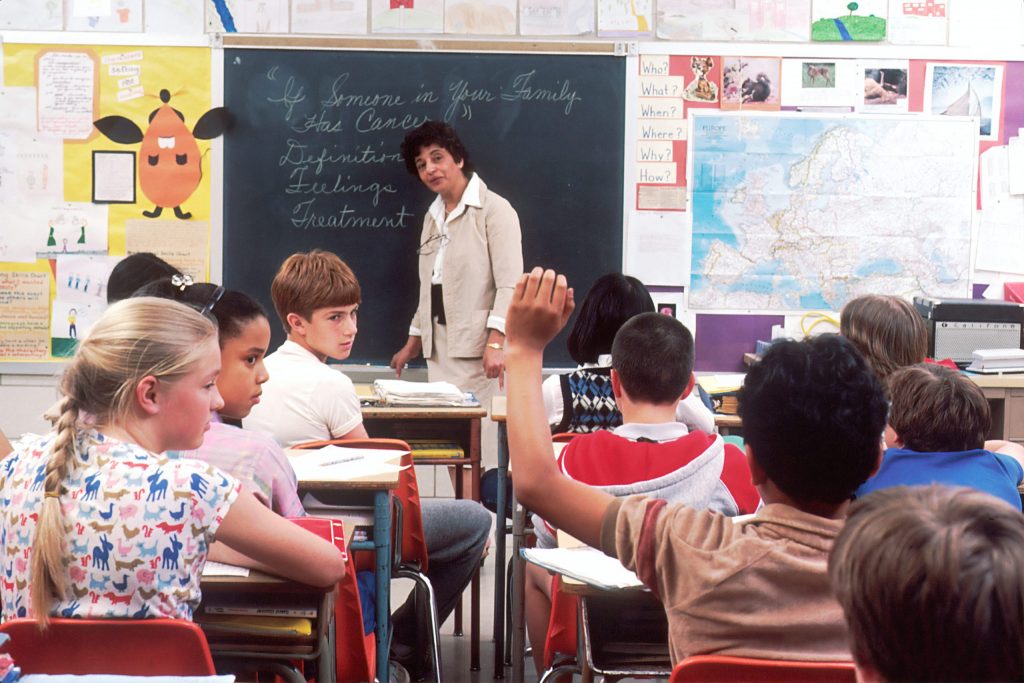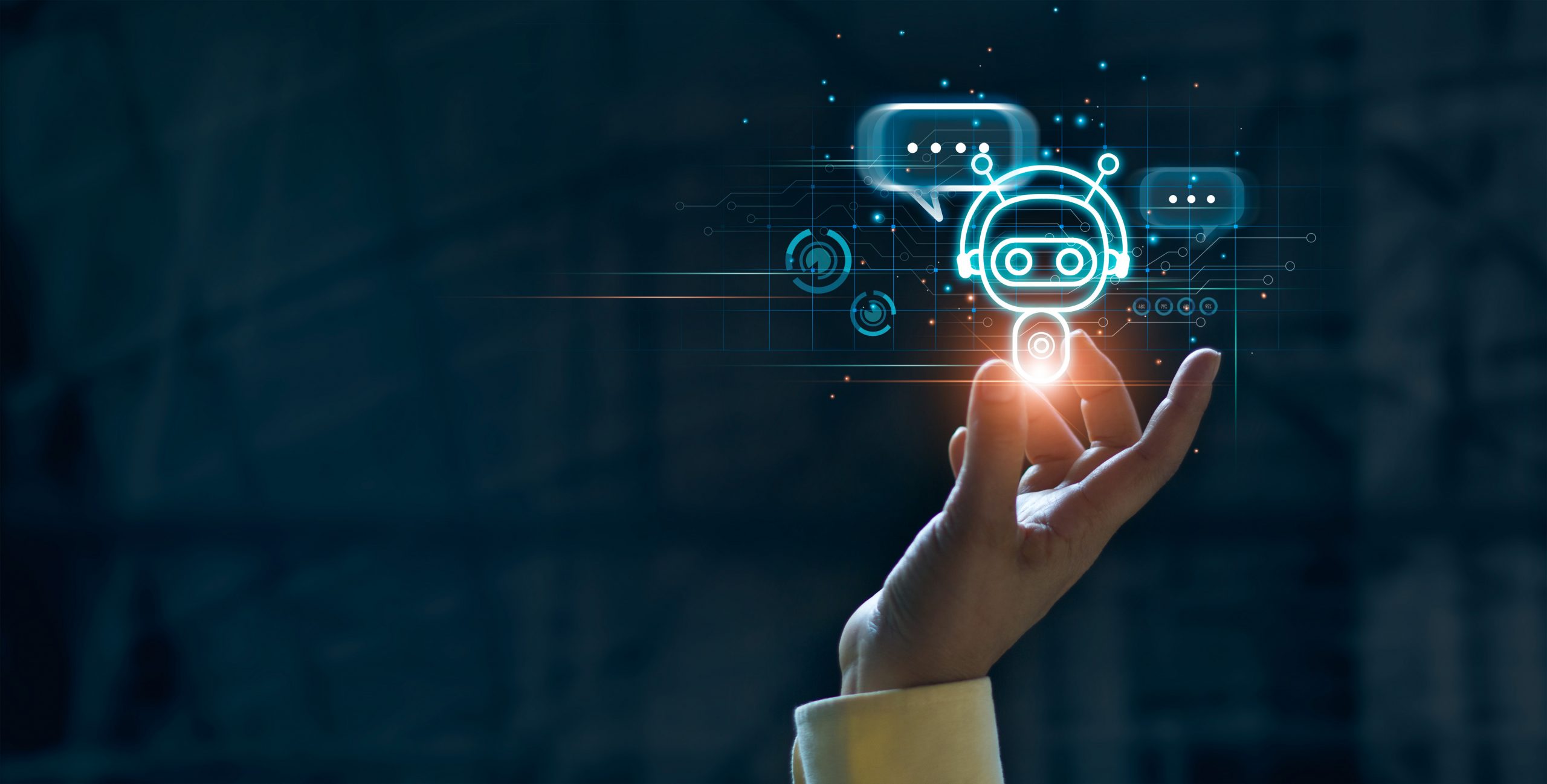Chatbots In The Classroom: Applications & Benefits

Education, which forges the future bright minds, needs a transformation that begins from its grassroots. As technology continues to become integral to our daily life, education must also change with the times.
It must adopt novel ways of teaching and training so that the students of the future are truly prepared for the future.
Chatbots, which have become a steady fixture in almost every website and mobile app, is now entering classrooms as well.
It has proven to be a worthy assistant, a reliable sidekick, and even a key player for corporations, hospitals, restaurants, among many others.
Let’s begin with a basic question, what kinds of applications can one expect a chatbot to be used for in a classroom.
Applications of chatbots in classrooms
Think of chatbots in the classroom as a virtual assistant for the teachers. They empower teachers to focus more on the work that deserves their attention while automating the rest of it. The level of accuracy and contextual understanding provided by Artificial Intelligence and its subset Machine Learning makes chatbots a perfect fit for classroom usage.
These applications seem to be the right fit when it comes to using chatbots in classrooms:
1. Automatic scoring
Standardized tests with uniform scoring models can be time-consuming to check. Especially when there are hundreds of students and not many teachers to do the evaluation process. A chatbot with RPA capabilities can be configured to take care of the scoring process.
It can scan through answer sheets with an OCR system, match the student response against standard answers, and award the deserved score. The teacher has to interfere only when a discrepancy is raised by the student.
2. Assistance in general queries
Each subject has its own level of complexity. Their diversity makes it difficult for students to understand the concepts in the first go. It is not feasible to reach out to the teacher always since they are also pressed for time and have several other commitments to address.
A chatbot can be used to address general queries regarding the subject. It can answer basic questions and answers that the student might want to look up quickly. In fact, virtual assistants like Google Home, Alexa, etc. are equipped to answer science, geography, history, and similar topics.
Furthermore, chatbots can also be used in foreign language learning. They can be used to teach students the translations for words, terminologies, right phrases to use, spellings of jargon, and so on.
- Customized learning plans
Thanks to the massive adoption of online learning, MOOC (Massive open online courses) have become the norm for skills upgrade, and picking up new skills. Their scope is not limited to classroom learning but also in professional learning for adults.
Chatbots in MOOC websites enable students to decide which course to take, plan the ideal course timeline, and also create a customized learning plan that will enable them to achieve their educational goals. This saves a lot of time and effort for the admin staff who are otherwise required to spend time crafting individual lesson plans and curriculums for each student.
Benefits of integrating chatbots in education

Modern-day education is in a cusp. It is transitioning from the yesteryear paperback-base education to technology-enabled learning models.
Teachers and students equally rely on technology to maximize learning and to reduce the inefficiencies of erstwhile learning processes. Chatbots are one of the recent innovations in the education sector that deliver a number of benefits that one cannot turn a blind eye towards.
1. Enables teachers to save time
According to Tucson Values Teachers, a typical teacher in the United States spends up to 57 hours in their workweek.
This is at least 20 hours more than the time the avenger corporate employee puts in during a workweek. The working time is divided between classroom teaching, individual instructional sessions, researching to use new equipment, classroom preparation, and so on.
There are also several unaccounted working hours that are put in by teachers to tend to the spontaneous doubts that students ask. Quite often, these are elementary doubts that do not require the teacher’s intervention. In fact, a chatbot with canned responses can chip in to save time for teachers. Chatbots can answer questions related to assignment deadlines and lesson plans, relay exam evaluation models or State-approved scoring process, and provide information on upcoming schedules and assignments
2. Boosts self-learning tendency
“There is no greater education than one that is self-driven.” ~Neil deGrasse Tyson
The benefits of self-driven learning have been advocated since the ages of the Greek empire. Students who put in the effort and the initiative to learn on their own grasp concepts easily and are capable of achieving better grades and also delivering better performance in their individual roles at work.
However, the challenge has always been felt in providing the right educational material to students with which they can solve their doubts on their own. The fortunate thing is, most often, although not often, students ask them the same kind of questions that their predecessors in previous have asked. This makes it possible to compile a series of Frequently Asked Questions and the responses to them.
These FAQs and the canned responses to them can be fed into the chatbot, which, when used by the student, will result in better self-learning.
In a nutshell
The common understanding is that chatbots are reserved for business usage. On the contrary, they are perfect to be used in classrooms as well. Chatbots can make teachers more productive and also enable students to get instant answers to their elementary questions. It creates a win-win situation for all.
What do you think about the future of chatbots in the classroom?
 Author’s Bio:
Author’s Bio:









